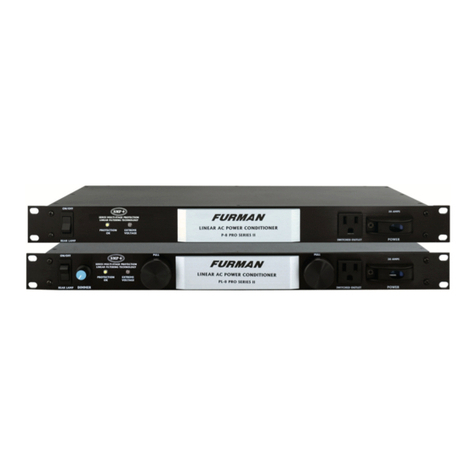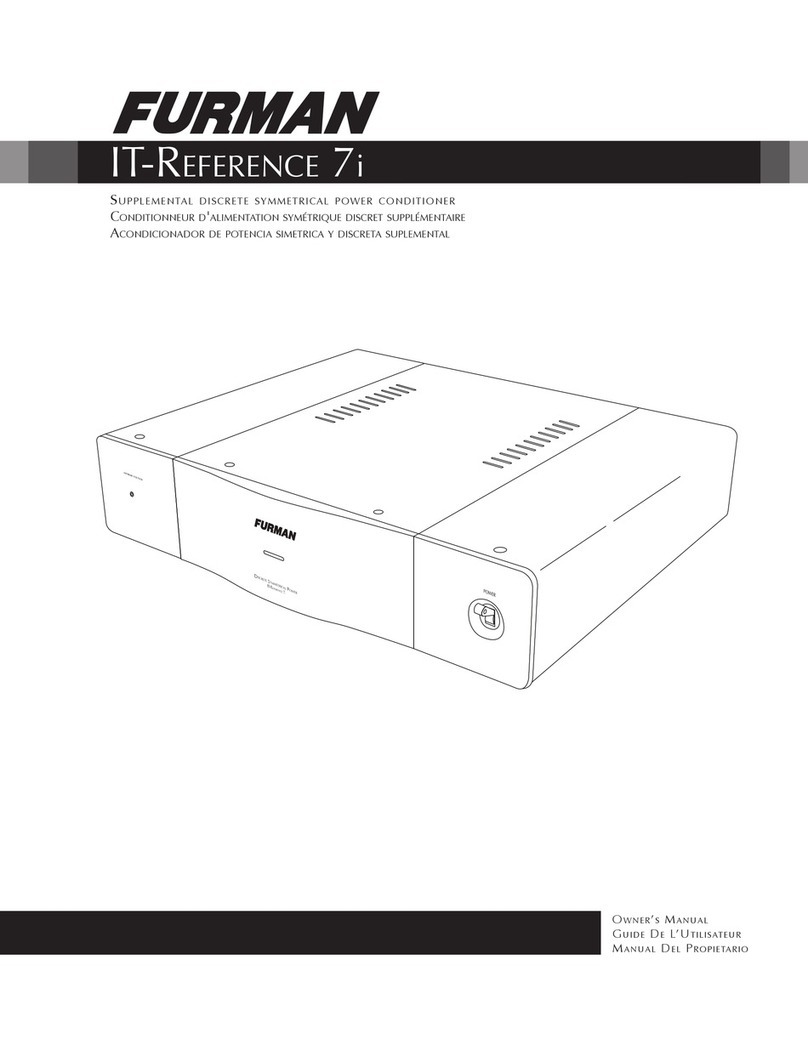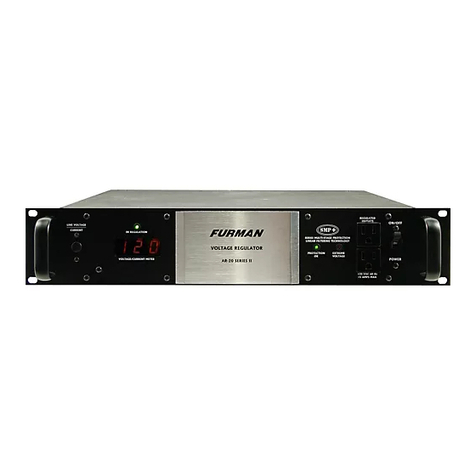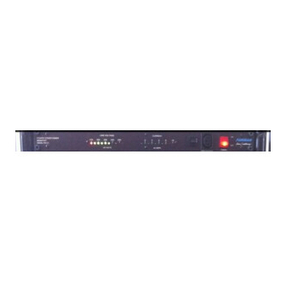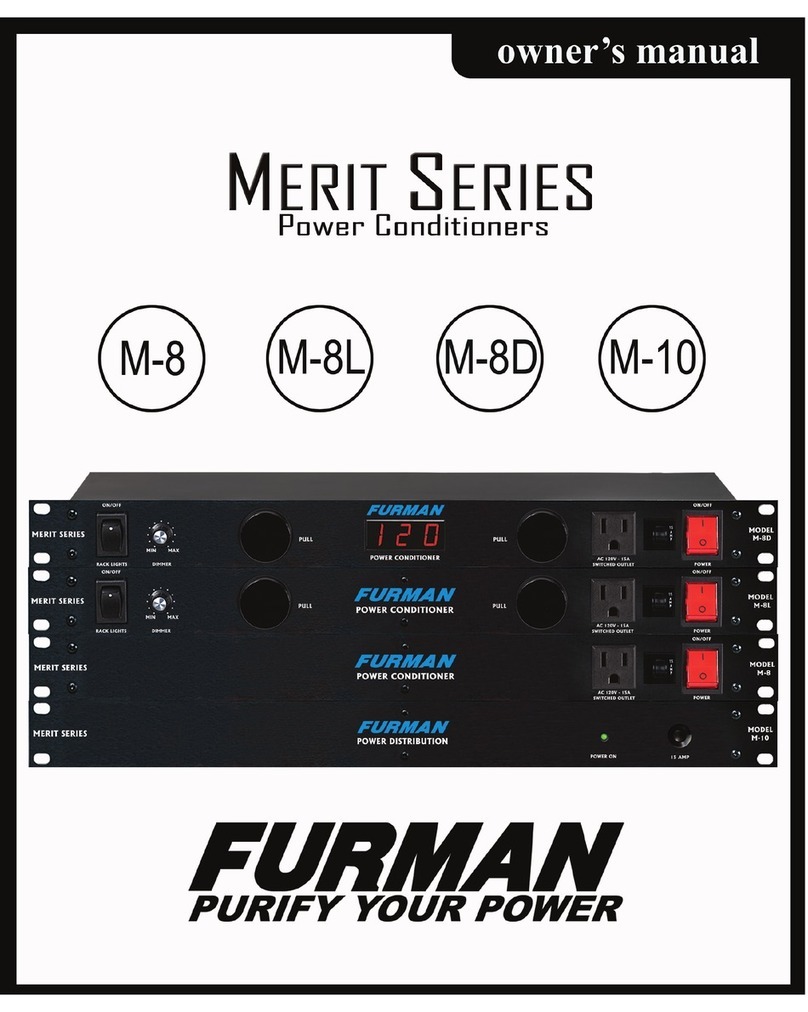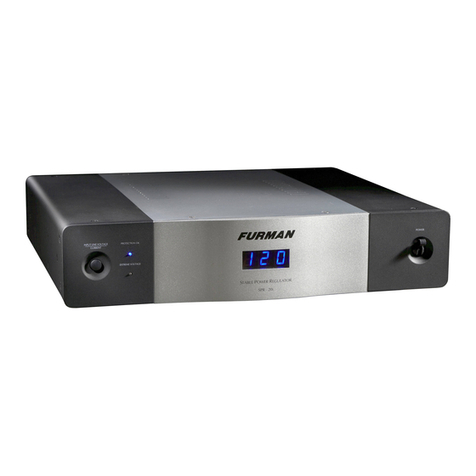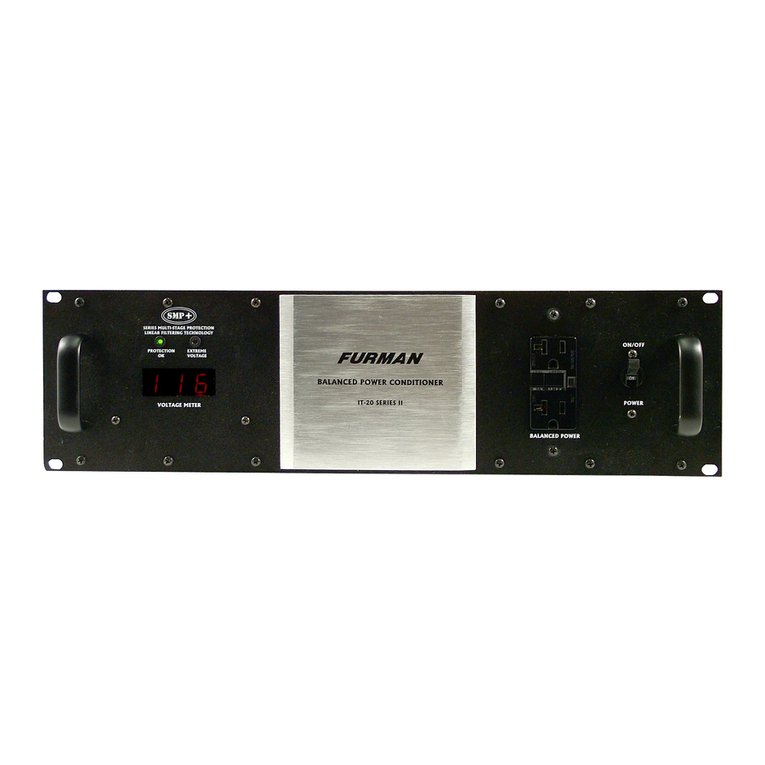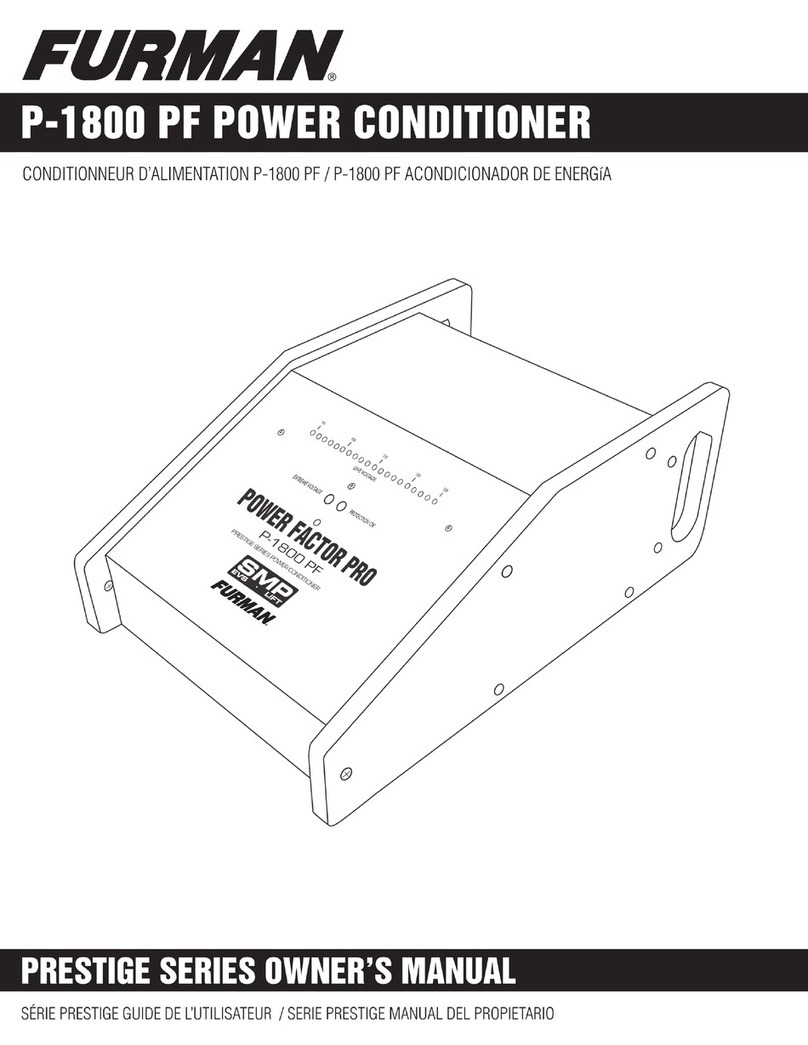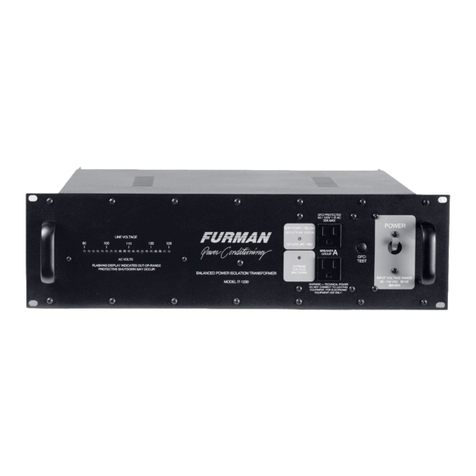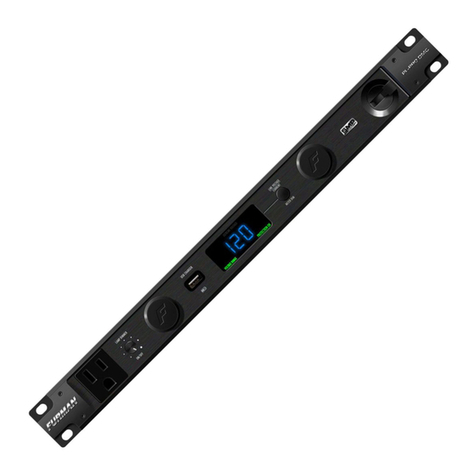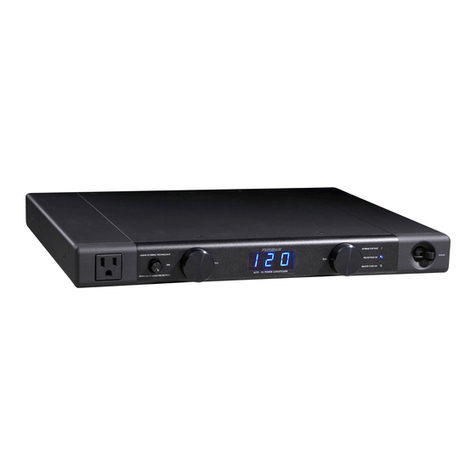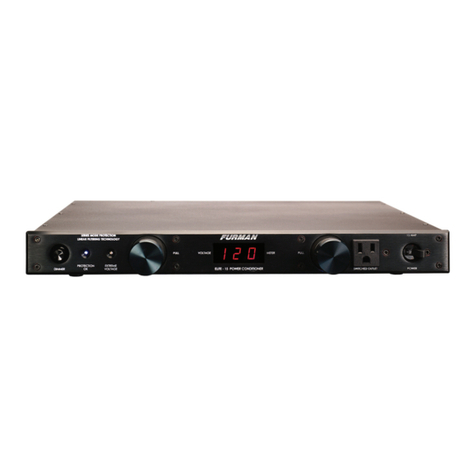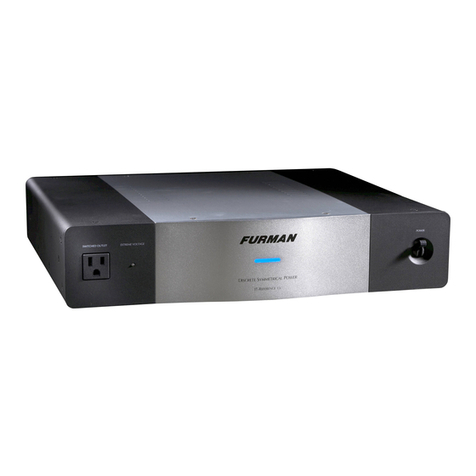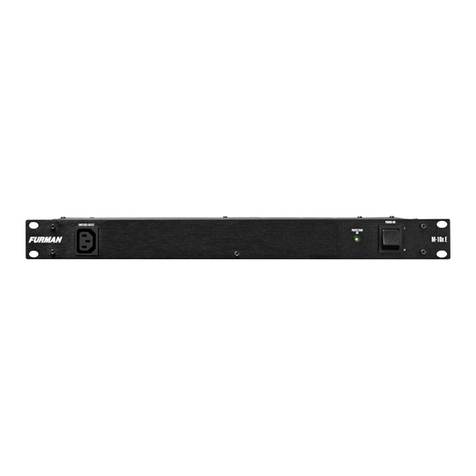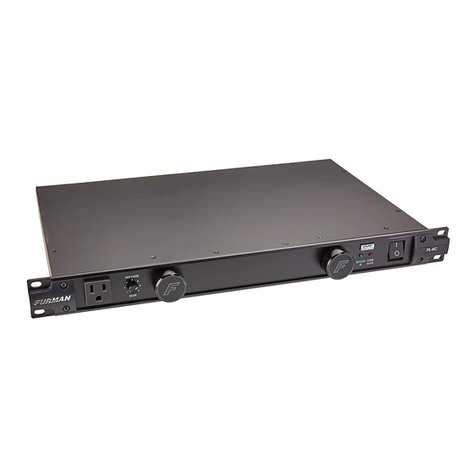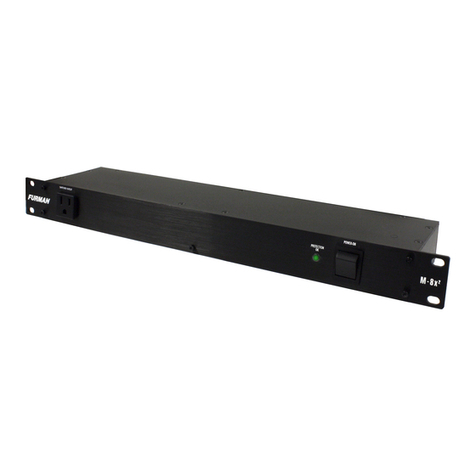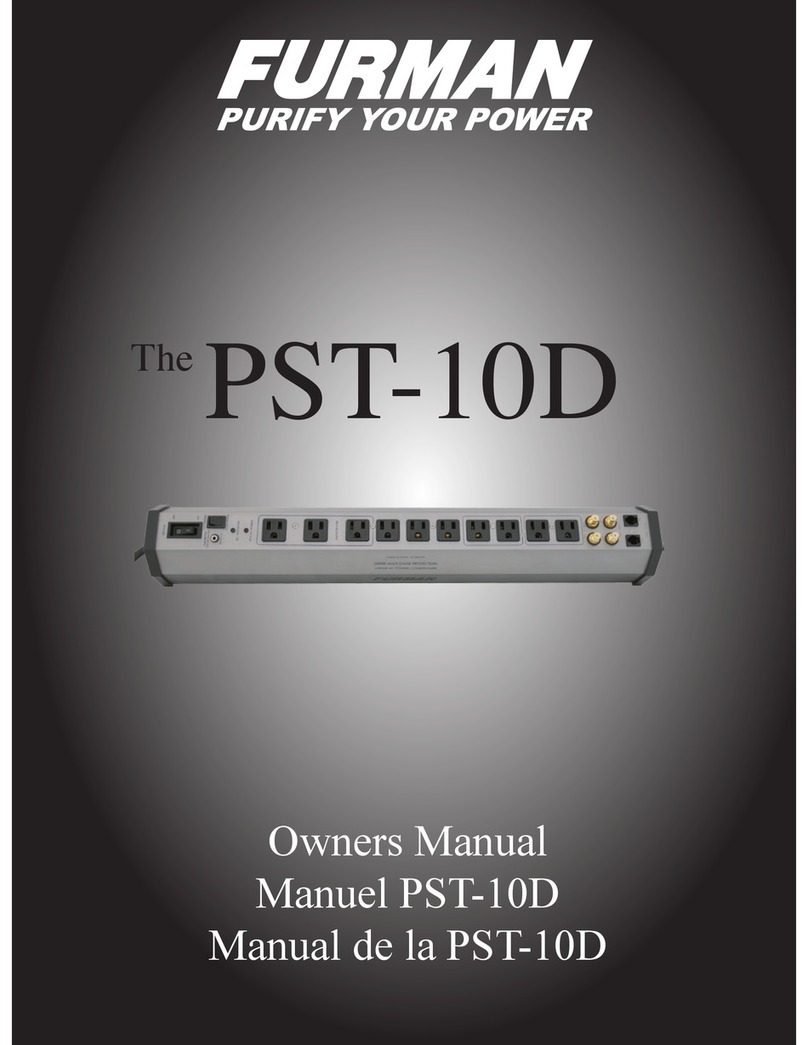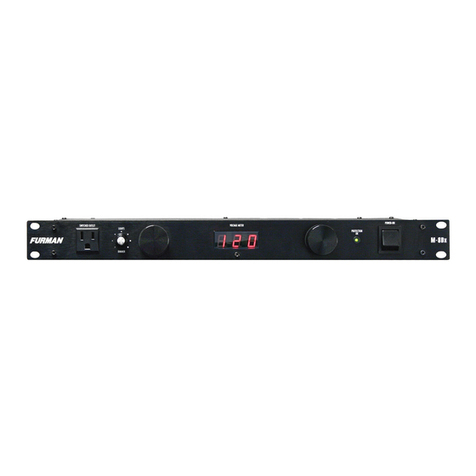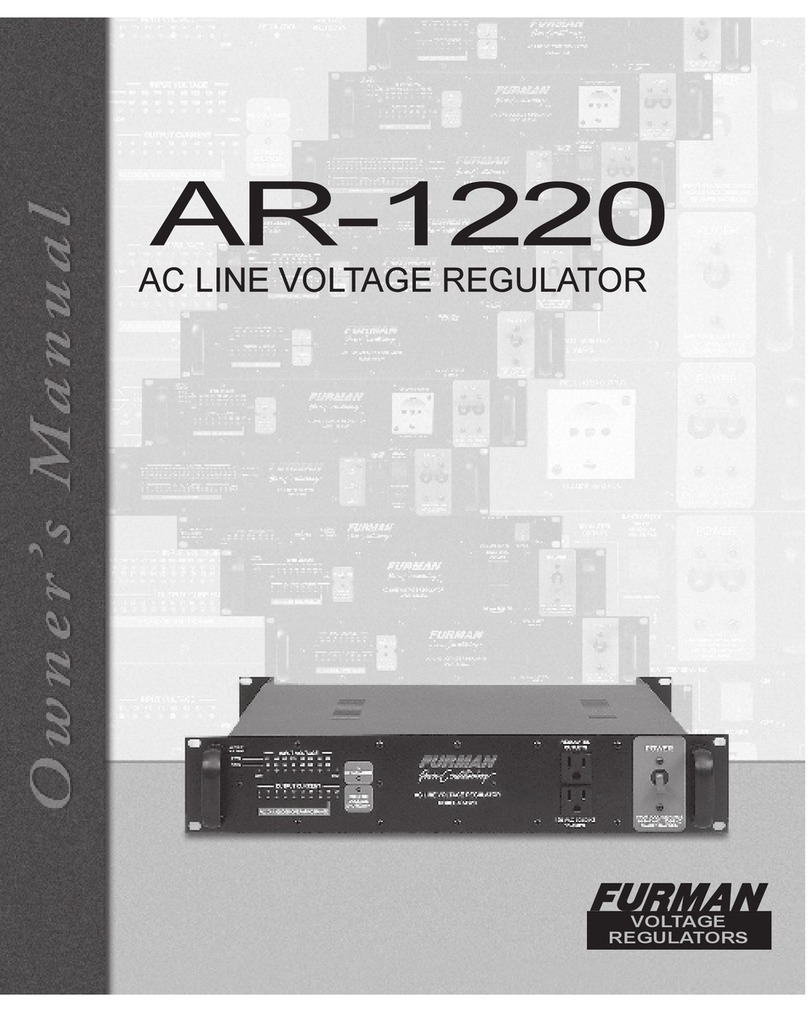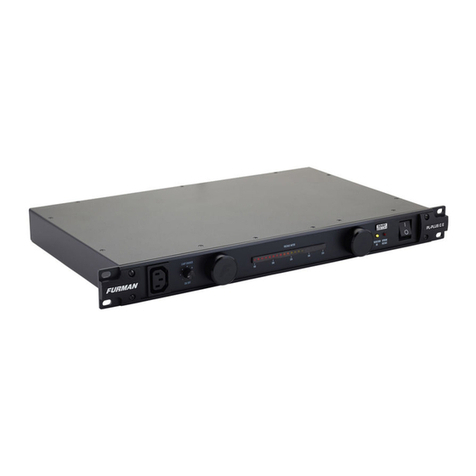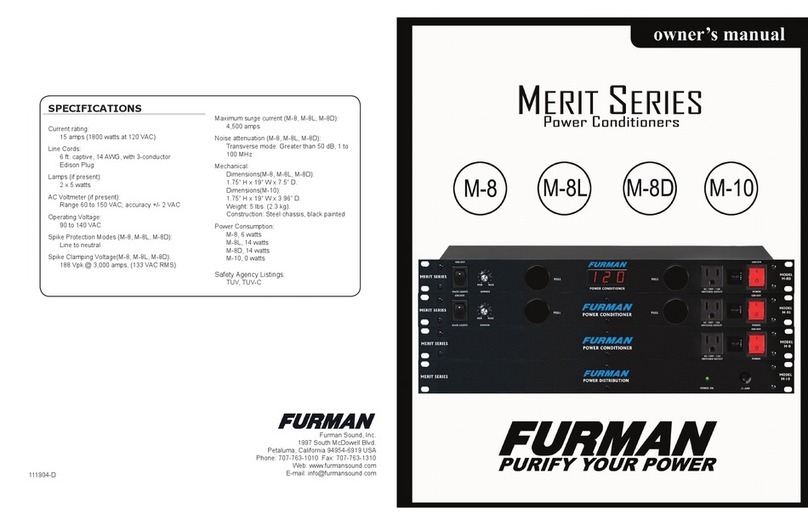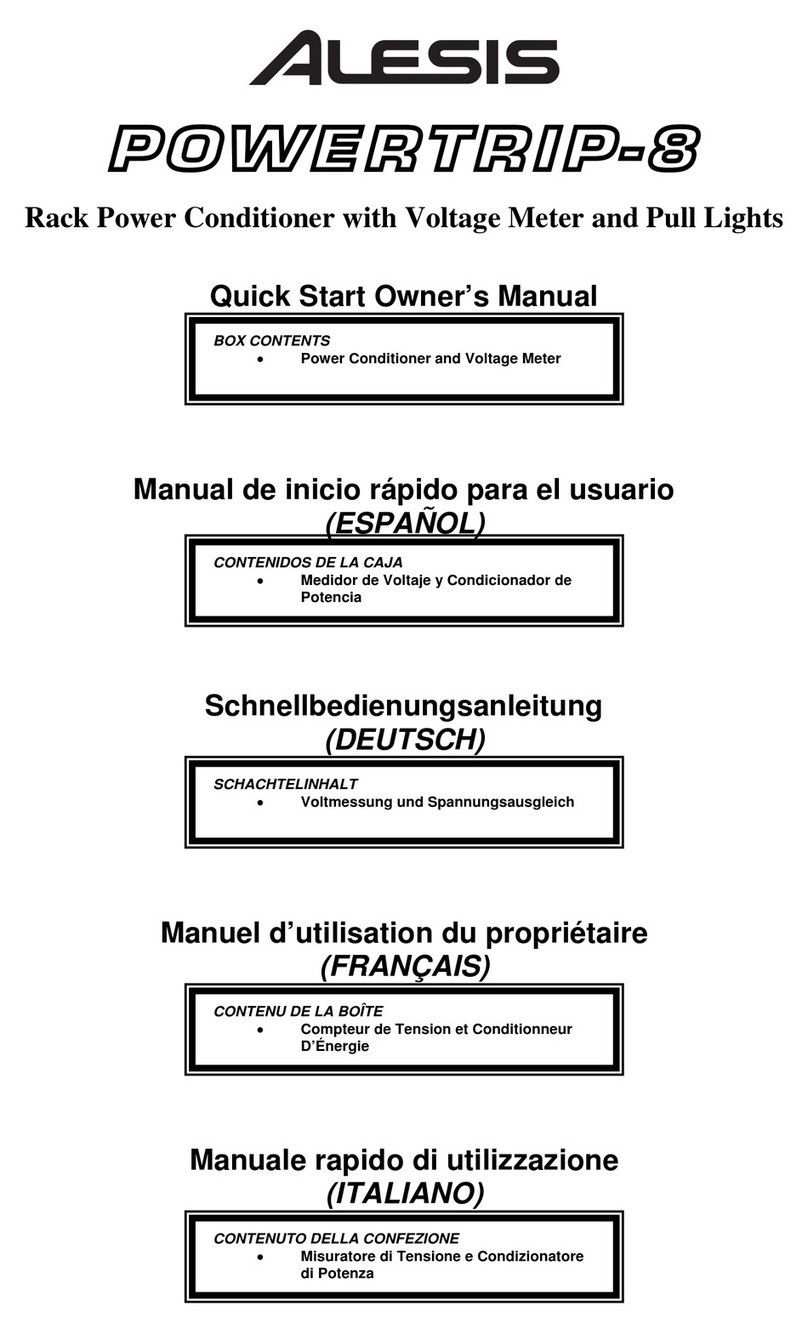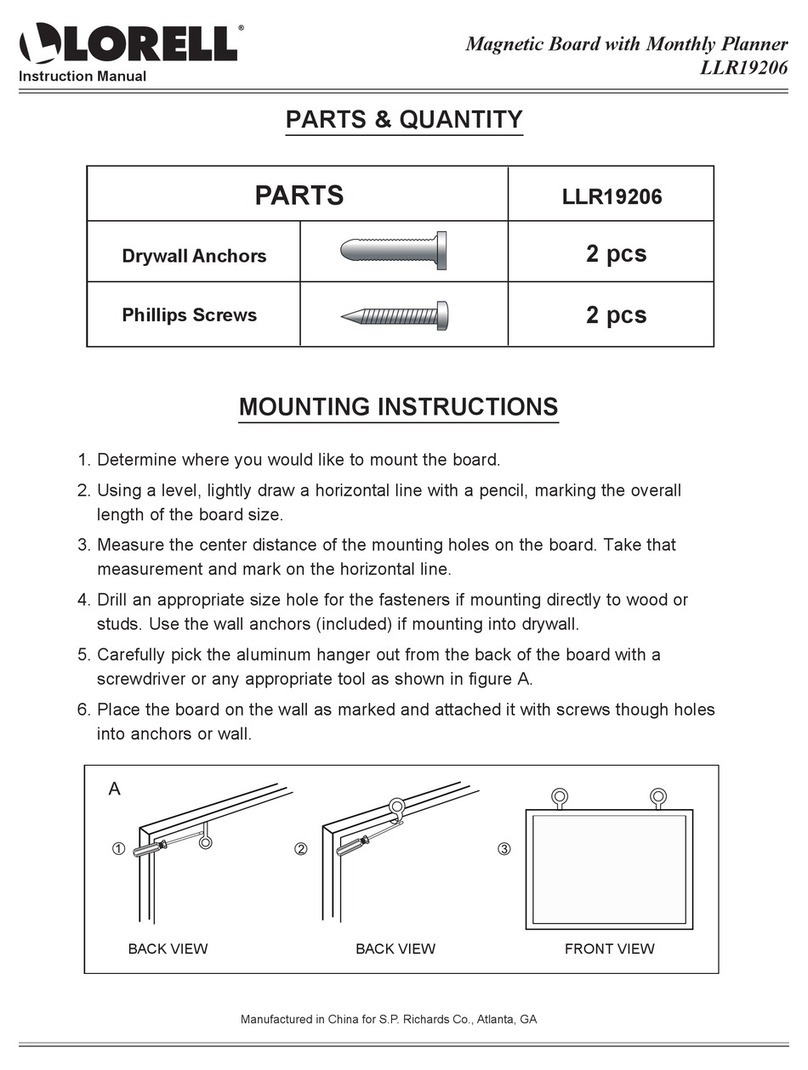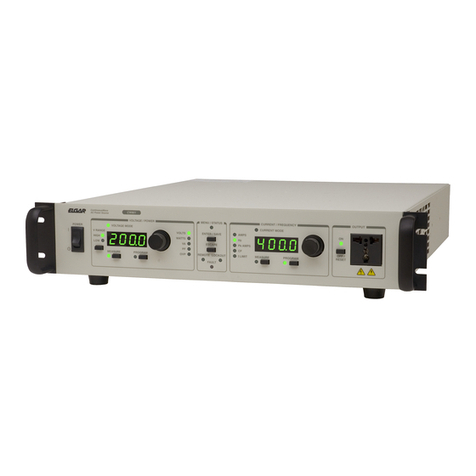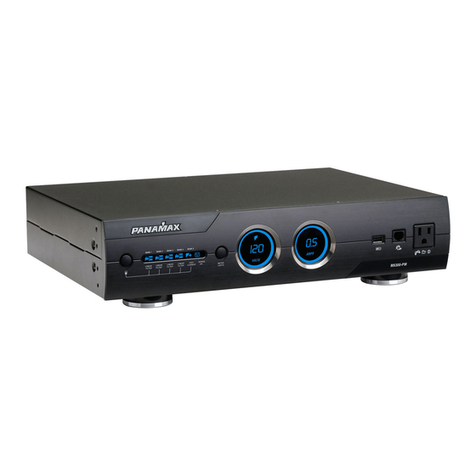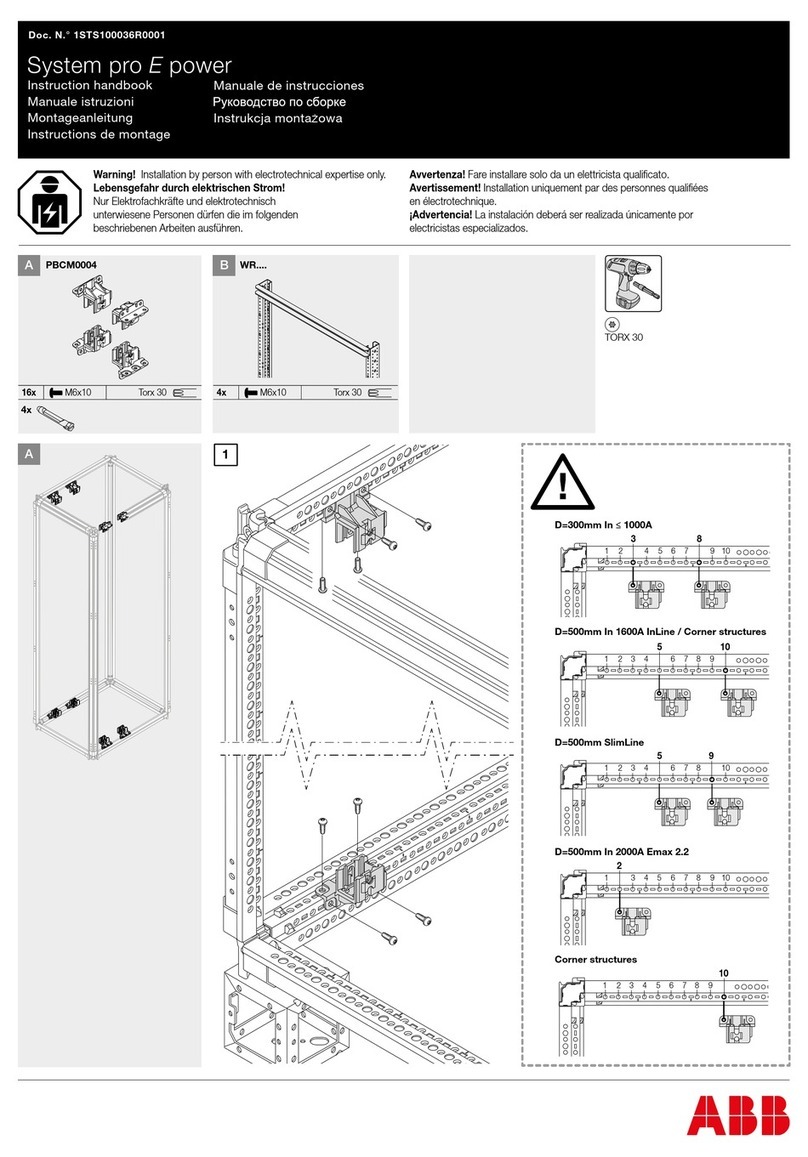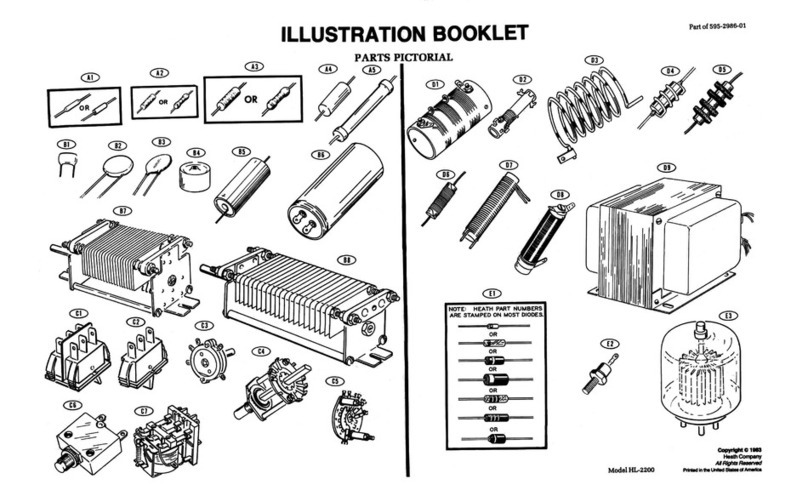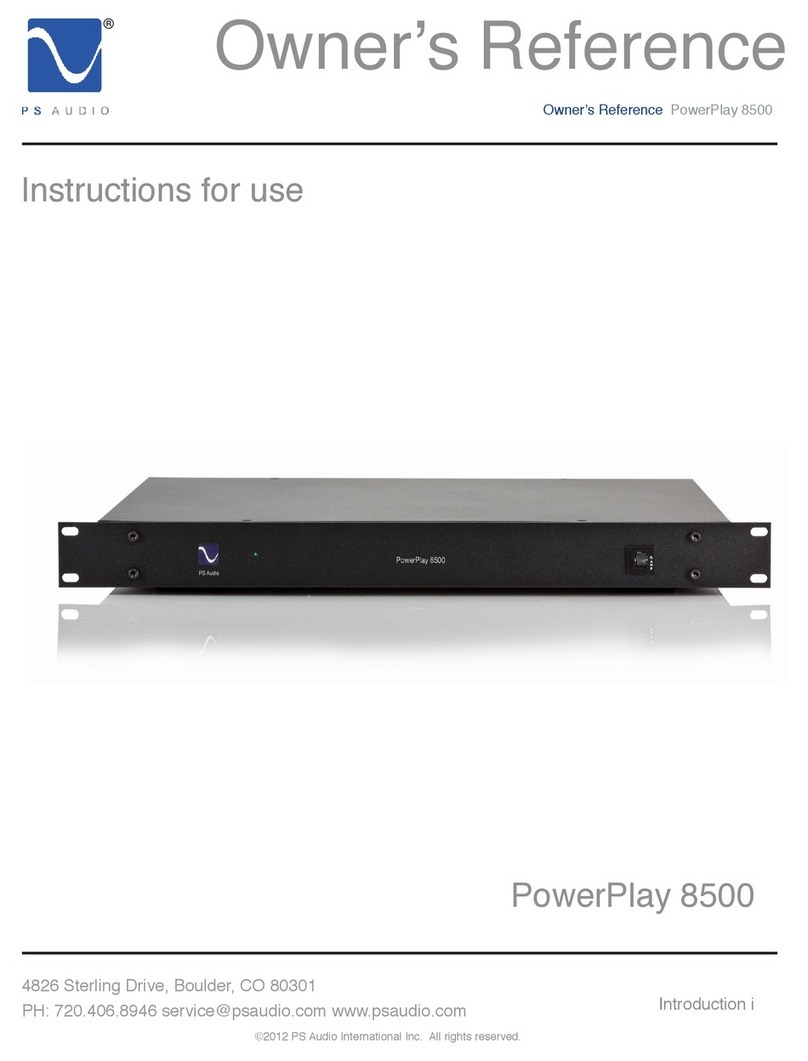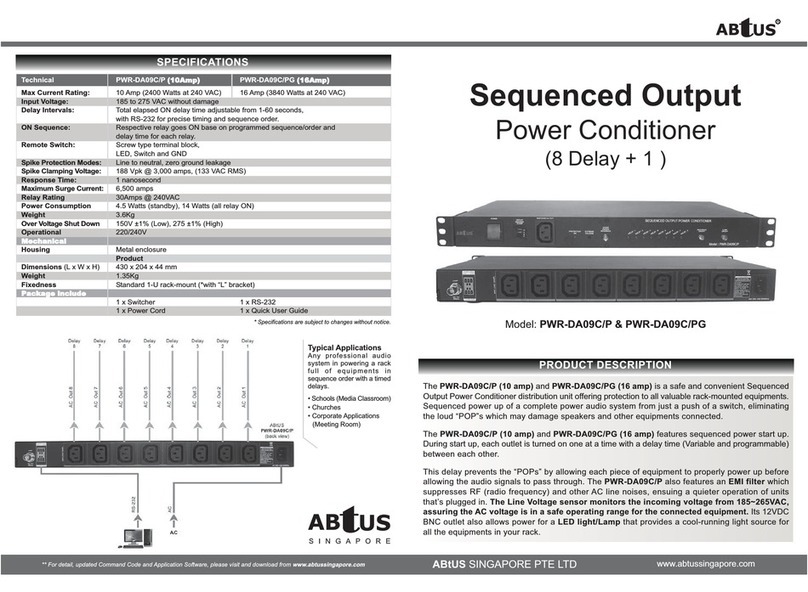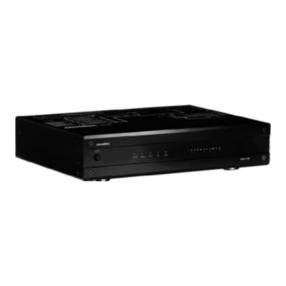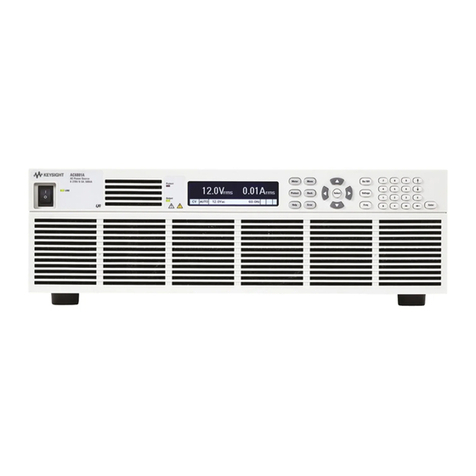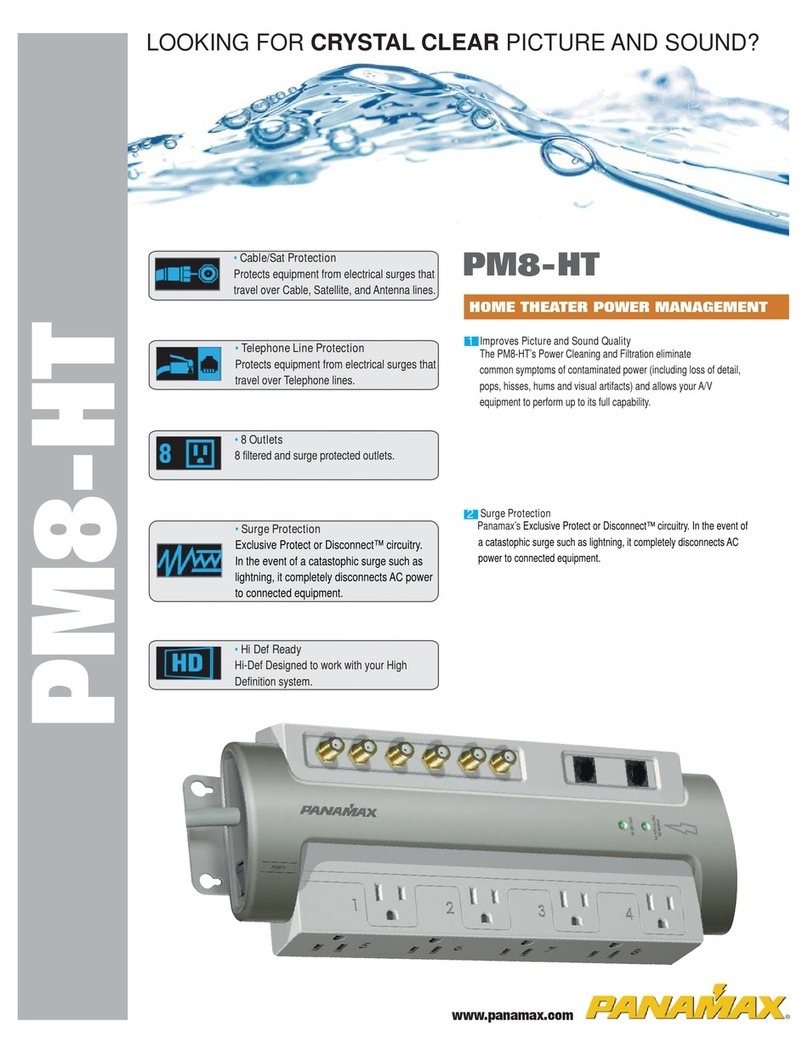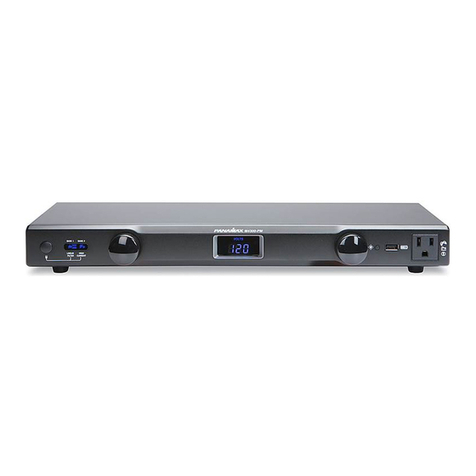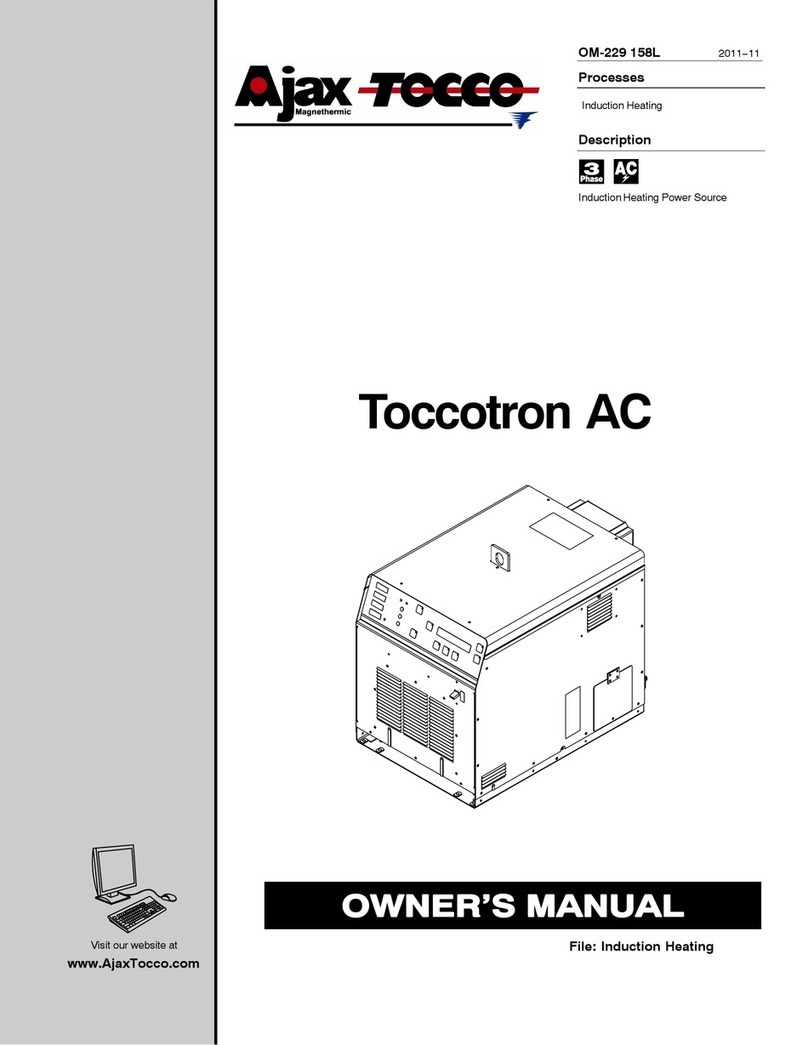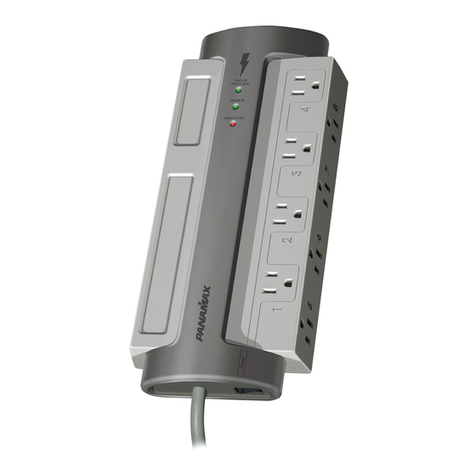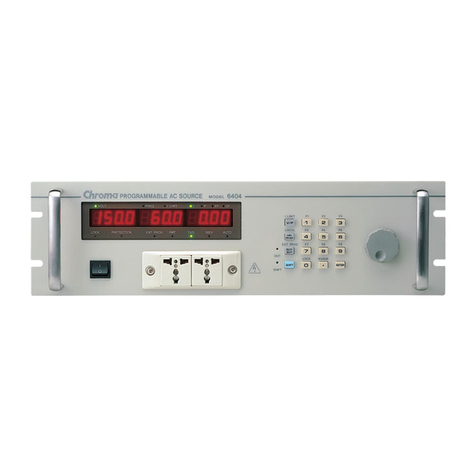
Designed for the most critical, ultra-low-noise installations, the IT-1210 can supply 10 amps of
balanced AC power to a home theatre system, recording studio, video or film production facility,
broadcast station, etc. Its purpose is to drastically reduce hum and buzz caused both by ground
currents from power supply filtering and by radiation from supply cables into sensitive signal
sources like guitar pickups, tape heads, and microphones. Its effect is startling! It not only
dramatically reduces the noise floor but also noticeably improves dynamic range and sonic clarity.
The IT-121 O's heart is a specially wound and shielded toroidal isolation transformer with a
center-tapped secondary. It is housed in a 2-unit (3.5" high) rack mount chassis. The back panel
provides 12 balanced outlets, widely spaced with plenty of clearance for "wall warts"; the front
panel provides two more. An IT-1210 can be installed in minutes without need for an electrician. It
provides clean and completely safe power-there is no need to "lift grounds" or compromise the
integrity of safety ground wires to achieve hum, reduction.
Special features include an accurate, self-checking AC voltmeter that not only measures normal
voltages, but also flashes eye-catching special pattern alerts for off-scale but not extreme
conditions (80-90 or 130-140 volts); an Extreme Voltage Shutdown circuit to cause a protective
shutdown if the unit is exposed to dangerous voltages (like accidental connection to 220V)1-and a
special "Soft Start" circuit to prevent the large inrush surge currents and spikes that would
otherwise occur at turn-on and turn-off with such a large transformer.
Background
In much the same way that balanced audio lines can reduce the pickup of hum and other types of
electromagnetic interference (EMI), the use of balanced AC power lines in sensitive audio, video, or
computer installations can make an enormous difference in system noise. But power distribution in
North America, unfortunately, is not balanced. The distribution standards currently in use were
derived from practices established over a century ago, when electric power use was limited to
lighting and motors-long before any EMI-sensitive applications existed. The emphasis then was on
convenience (from the power utilities' standpoint) and safety, but not noise cancellation. The result
was a three-wire distribution scheme in which 120V branch circuits have a hot wire and a neutral
wire, with the neutral tied to a third wire connected for safety to an earth ground. The third wire does
not carry any current unless there is a short circuit. This unbalanced scheme causes hum in audio
circuits for two main reasons: First, the current flowing in the hot wire induces hum in any other
nearby wires, which may carry vulnerable low-level audio signals. Second, because the impedance
of chassis and cable shielding to ground is not zero, ground current flowing, from power supply
capacitors and from EMI pickup causes a voltage drop at 60 Hz and its harmonics which is added to
the audio signals.
With a center-tapped isolation transformer, the AC power feeding a studio can be balanced at its
source. The current carrying wires then are no longer "hot' (120V) and "neutral" (OV), but two equal
and opposite lines of 60V each (referenced to the safety ground connected to the center tap), whose
difference is 120V. This type of power, when run around a room, does not induce hum into nearby
audio wiring, because the two power conductors induce equal and opposite voltages that cancel
each other out. Similarly, ground currents are all but eliminated by the same common-mode
cancellation effect. No longer is it necessary to adopt cumbersome and expensive star-ground
systems or use massive bus bars or heavy ground rods. All such systems are doomed to yield only
mediocre results because of the impossibility of reducing the ground impedance to zero. The
common-mode rejection of a truly balanced AC supply is far simpler, cheaper, and more effective.
